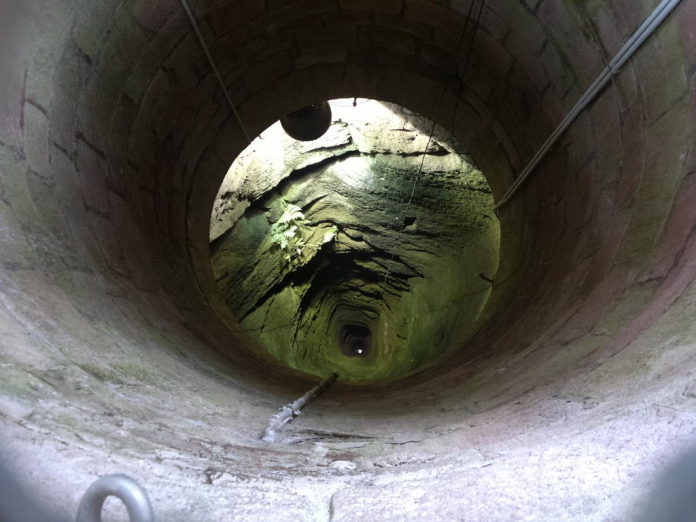“The challenge of building the drilling project is equivalent to sending a behemoth truck driving on two wafer-thin steel cables,” said Sun Jinsheng of the Chinese Academy of Engineering, conjuring the ambition and complexity of China’s new deep-Earth effort. “As China’s Shenditake 1 borehole in the Tarim Basin penetrates more than 10,000 meters, it is a tribute to the nation’s determination and the expanding frontiers of geoscience and engineering.” It is not merely a question of record-breaking; it’s a bold foray into the unknown, with possible revelations that can rewrite our understanding of the inside of Earth and unlock fresh resources. Following here is a closer look at the technical accomplishments, the scientific expectations, and the strategic imperatives which make this drilling project one of the greatest engineering stories of the decade.
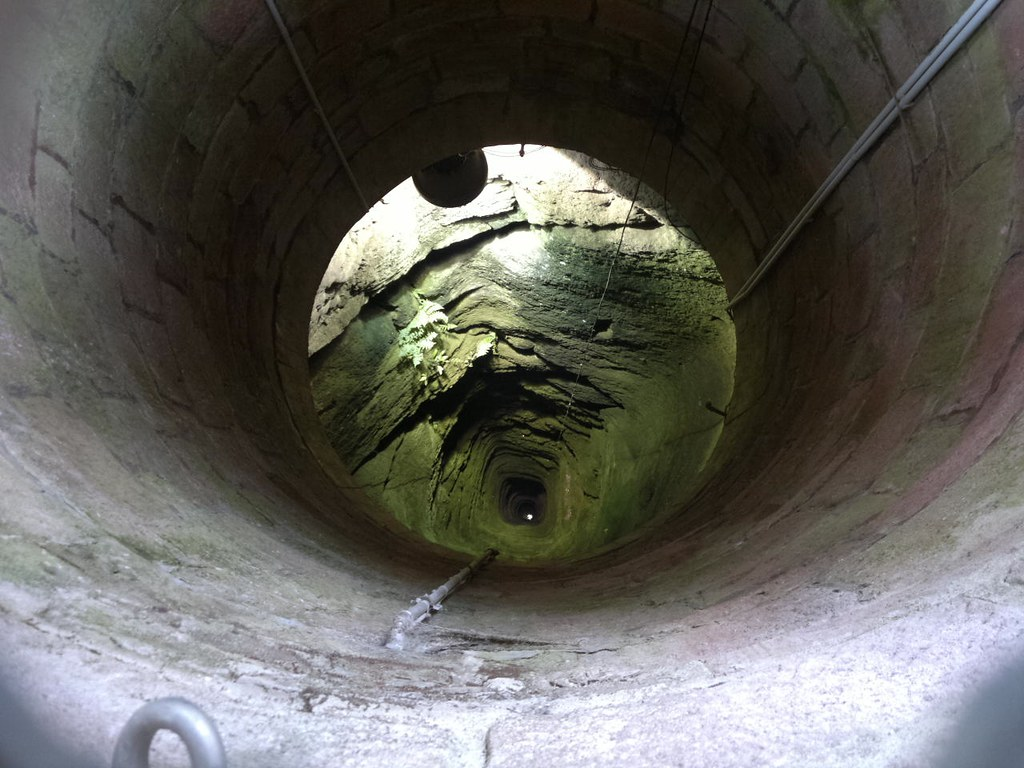
1. Engineering Triumph: Asia’s Deepest Vertical Well
With an unsuccessful sinking of Shenditake 1, China has acquired the distinction of being Asia’s deepest vertical well at a staggering 10,910 meters in the unforgiving Taklamakan Desert. The borehole is not just a scientific probe but also a demonstration of technical supremacy, with the world’s first automated 12,000-meter drilling rig. The five world records in the China National Petroleum Corp-led project include the deepest liner cementing and fastest onshore drilling more than 10,000 meters. Over 1,000 drill pipes and over 20 drill bits were utilized, and it passed through temperatures of more than 200°C and pressures of more than 130 MPa. These successes necessitated the creation of ultra-high-temperature drilling fluids and intelligent control systems, pushing the boundaries of what had been previously possible in ultra-deep drilling.
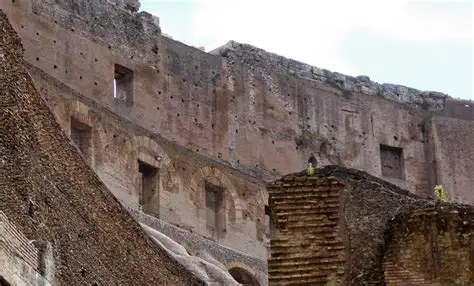
2. Scientific Ambitions: Prying into Earth’s Ancient Layers
The principal scientific objective is to reach Cretaceous System rocks older than 145 million years. According to Xinhua, the borehole will penetrate at least 13 layers of the continent, showing us glimpses of ancient Earth that are seen by few humans ever. Some experts, such as Peking University’s Quanyou Liu, believe the drilling could penetrate Cambrian rocks over 500 million years old. Core and log data at these depths are expected to yield vital insights into Earth’s crust formation, the Tarim Basin sedimentation history, and Asian continent development. The project has already delivered Asia’s inaugural 10,000-meter geological section, a feat for the world and the region.
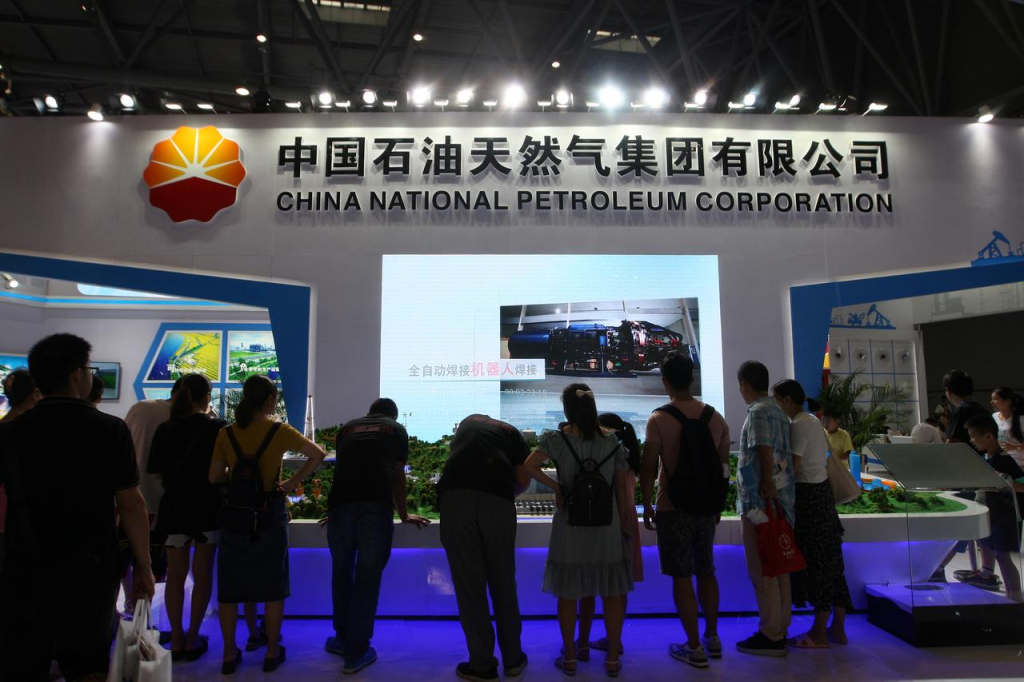
3. Strategic Resource Hunt: Energy Security and Economic Impact
In addition to scientific interest, the project is driven by China’s urgent need to guarantee domestic energy resources. The Tarim Basin is renowned for its deeply rooted oil and gas reservoirs, and the Shenditake 1 borehole has already delivered the world’s first discovery of oil and gas below 10,000 meters onshore. As China National Petroleum Co’s Wang Chunsheng noted, this success “greatly expands the scope of ultra-deep oil and gas exploration.” In 2023 alone, the Tarim Oilfield yielded 19.57 million tons of ultra-deep oil and gas, bringing out the economic interests. President Xi Jinping has repeatedly emphasized deep-Earth exploration as a strategic effort to reduce reliance on imports and boost national security.
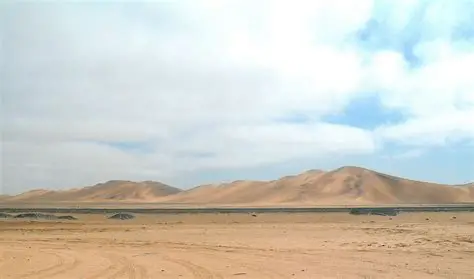
4. Hostile Environments: Defying Desert and Depth
That the borehole is situated in the Taklamakan Desert, the hottest and driest region of China, is another challenge. The Tarim Basin is sandwiched between the Tianshan and Kunlun mountain ranges, making surface logistics and underground conditions very challenging. The engineers faced wellbore instability, drill fatigue, and excessive formation loss during drilling through 13 geological strata. As the drill cut deeper, pipes behaved like “cooked noodles,” Wang Chunsheng said, so operators had to rely on experience and instinct. The project’s success depended on nine technical support teams and a batch of brand-new high-temperature tools, indicating the point of crossing between human wisdom and machine durability.

5. Kola Superdeep Borehole’s Lessons

China’s 12,262-meter record is second only to mythical Kola Superdeep Borehole in Russia, set in 1989. The Soviet two-decade effort bore unexpected results: rocks far more watery than predicted, no boundary of granite and basalt, and even microfossils at depths unimaginable. In the words of Dr. Ulrich Harms of the German Research Centre for Geosciences, “Every time we drill a hole we find the unexpected.”. That is exhilarating, but nerve-wracking. The Kola experience is both inspiration and caution for Chinese engineers, who must confront rising heat, plastic-like rock, and unsettled geology deeper in.

6. Technological Developments: Automation and Data Integration
At the heart of Shenditake 1’s success is the deployment of intelligent, automated drilling tools that can drill in unfavorable conditions. The rig, with a lifting capacity exceeding 900 tons, integrates real-time data acquisition, robotic coring, and advanced mud control to support high pressure and high temperature. The cross-disciplinary team drew on resources in academia, industry, and research institutes, leveraging China’s research concentration system to accelerate innovation. The result is a new standard for ultra-deep Earth drilling technology, with far-reaching implications for future operations to 15,000 meters and beyond.

7. International Implication: Revolutionizing Deep-Earth Drilling
The success of Shenditake 1 has international implications. Not only does the borehole advance the science of deep-Earth geology, but it also sets a new benchmark for ultra-deep resource recovery and hazard assessment. High-quality experimental data from the Shenditake 1 borehole have overcome a series of world-class challenges.driven epoch-making advances in engineering technology, said He Jiangchuan, vice president of PetroChina. Data and practices of the project will underpin international efforts to understand geohazards, the organization of resources, and the dynamic processes that build our world. In the opinion of Jia Chengzao of the Chinese Academy of Sciences, the well “is of milestone significance in ultra-deep Earth scientific exploration and ultra-deep oil and gas exploration.”
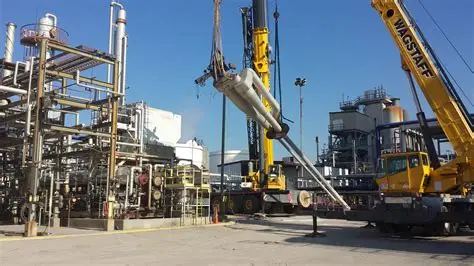
China’s deep-Earth drilling project is not only an engineering miracle it’s a daring experiment on human frontiers and scientific frontiers. By achieving new depths, penetrating hostile environments, and using state-of-the-art technology, Shenditake 1 is poised to transform the art and strategy of resource discovery. With the drill nearing its target of 11,100 meters, the world anticipates not only new records but also discoveries that could rewrite our relationship with the planet’s hidden depths.
